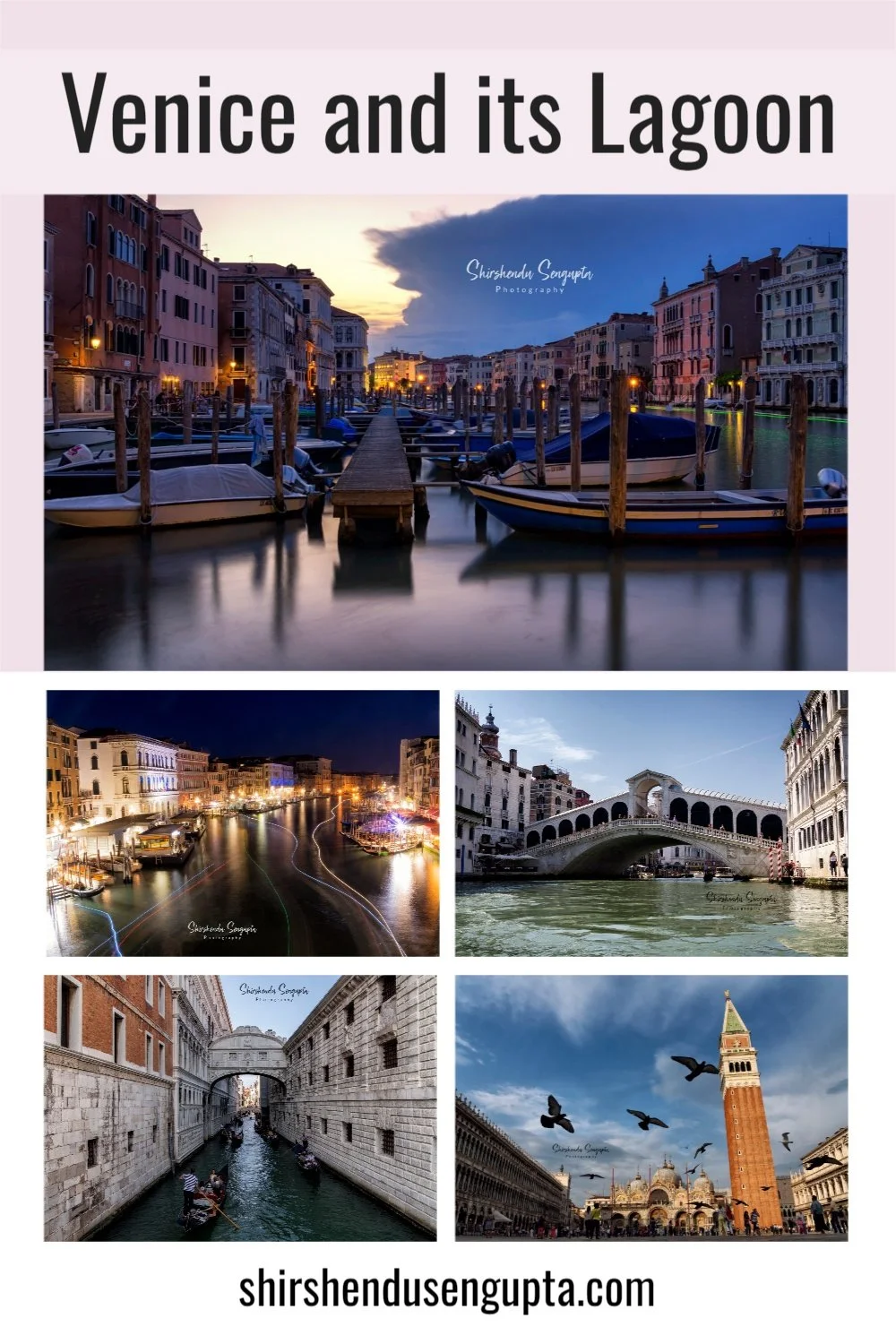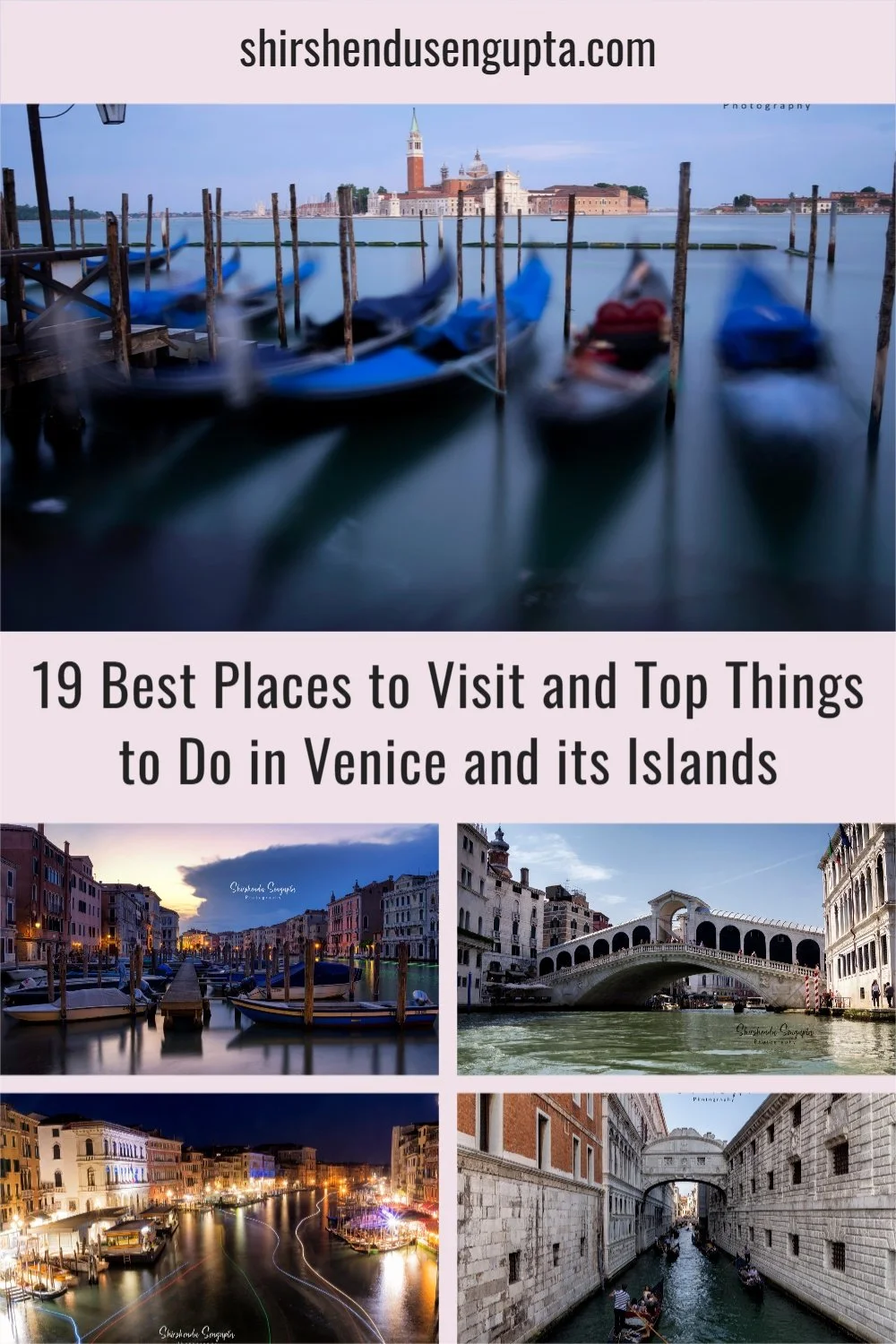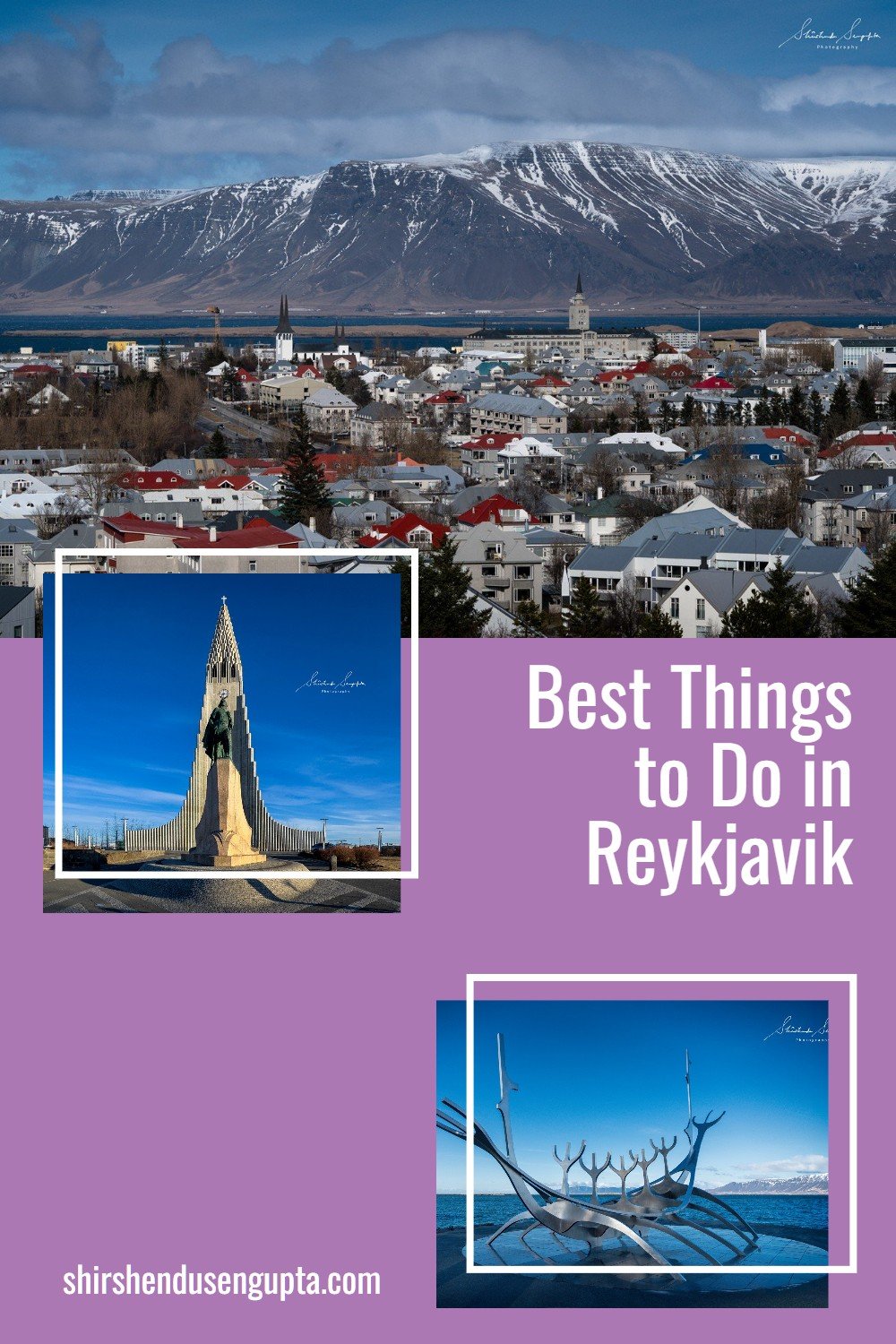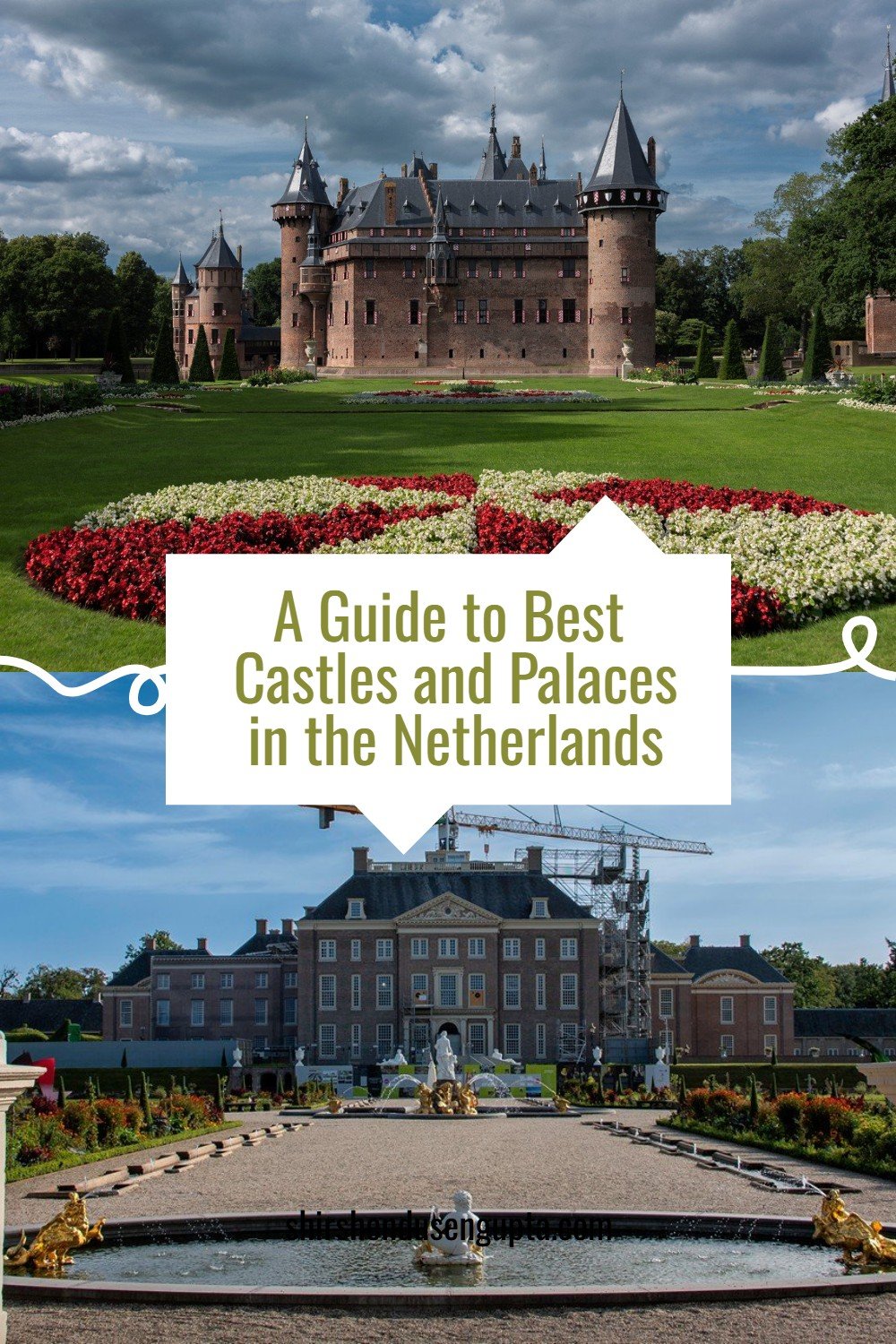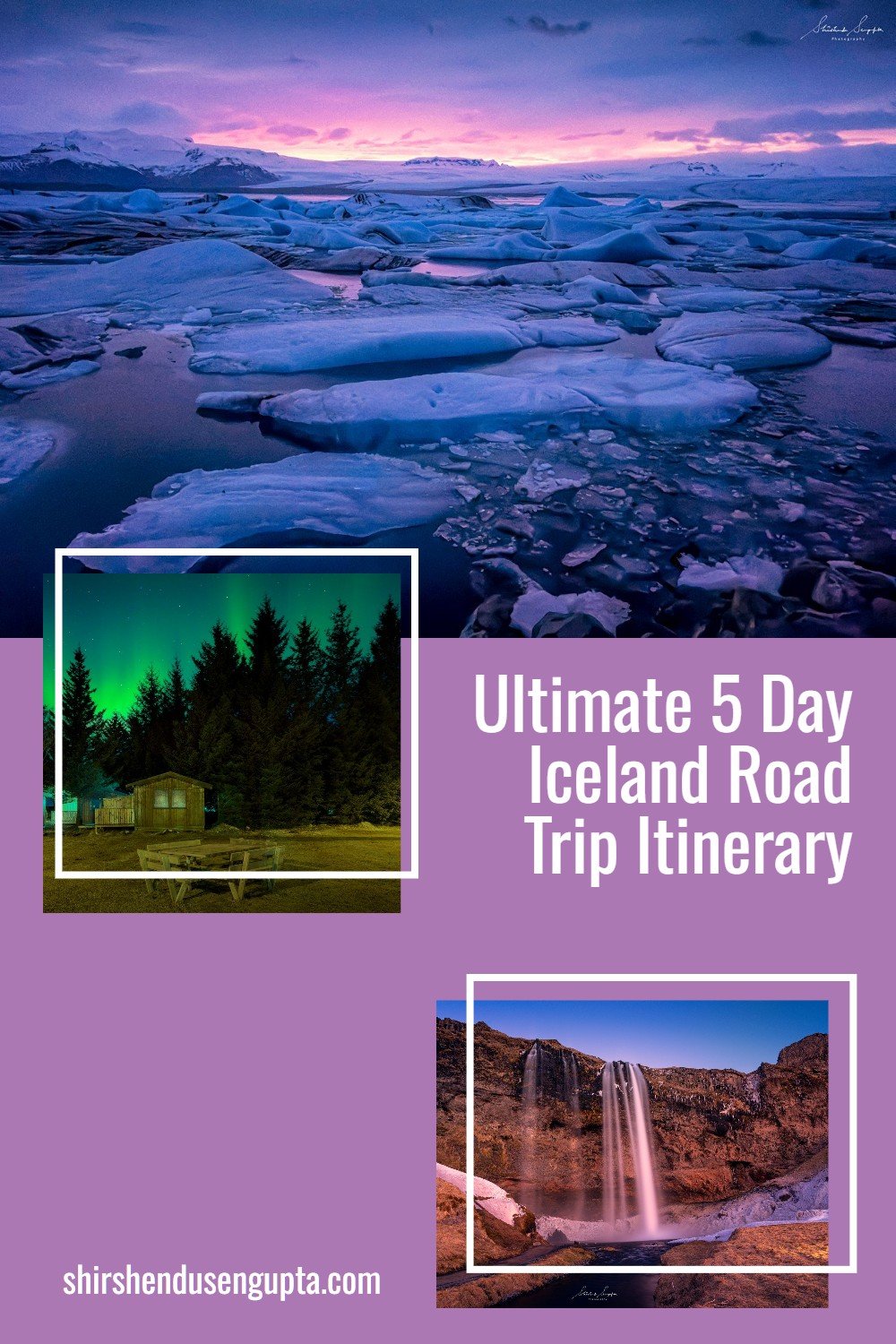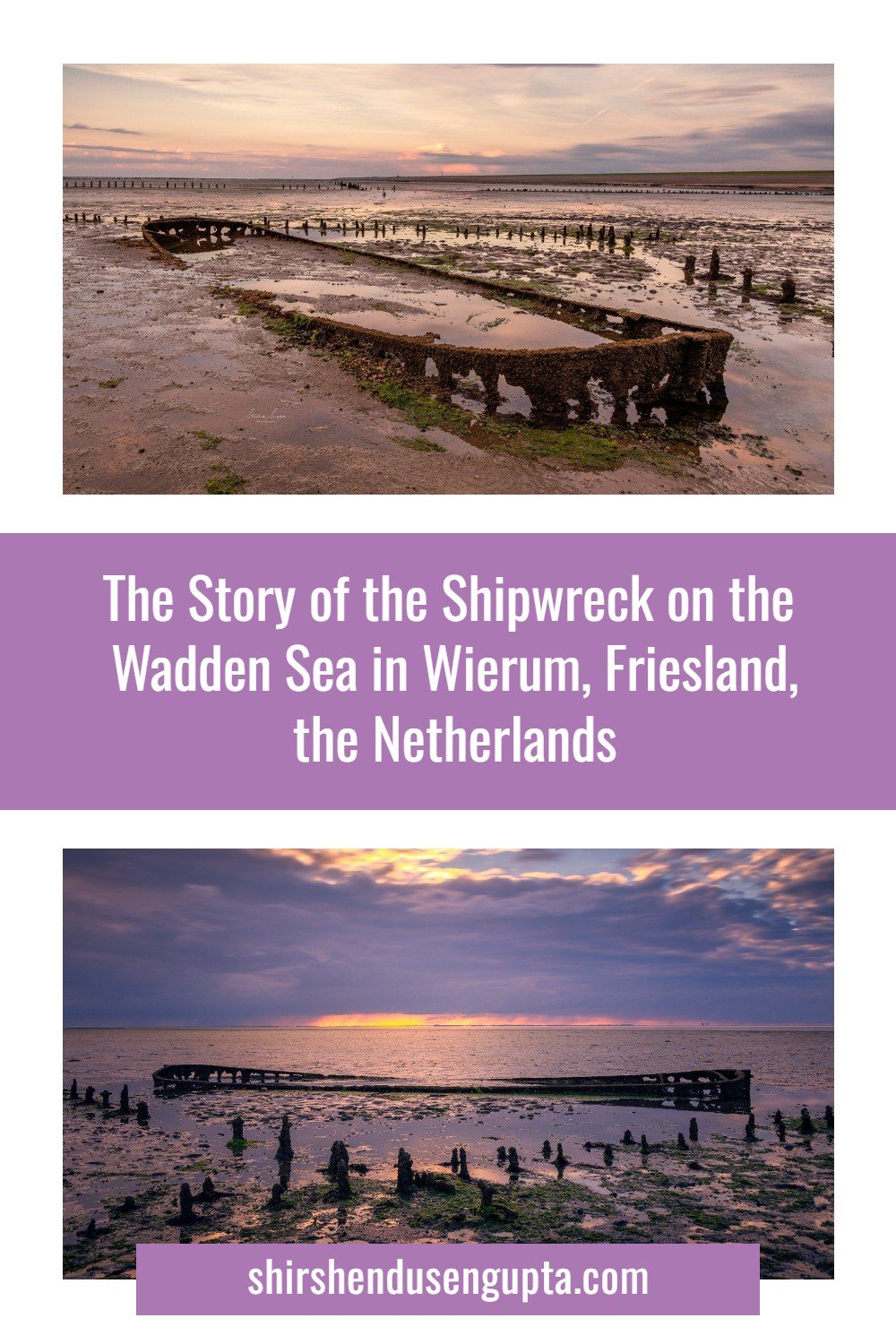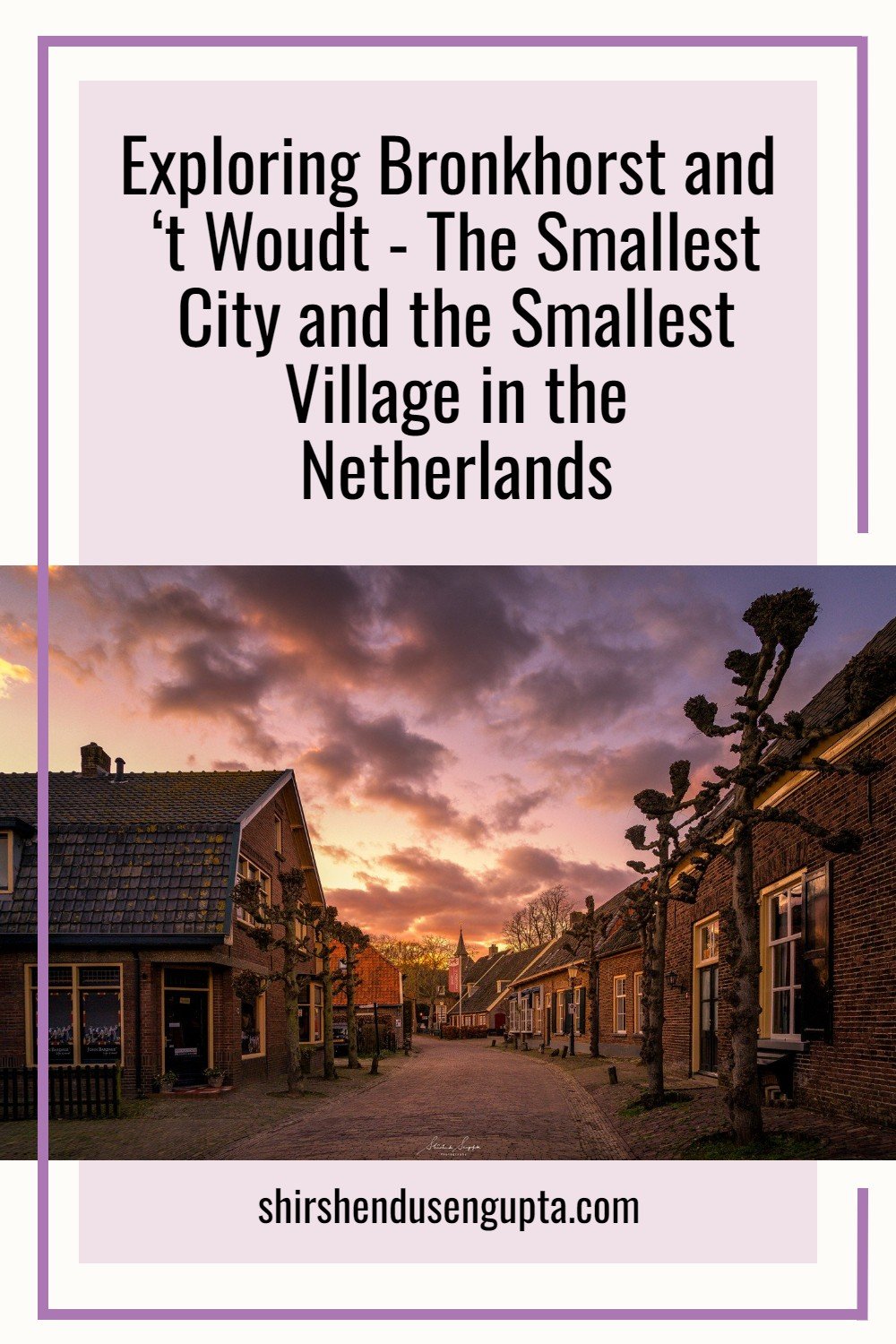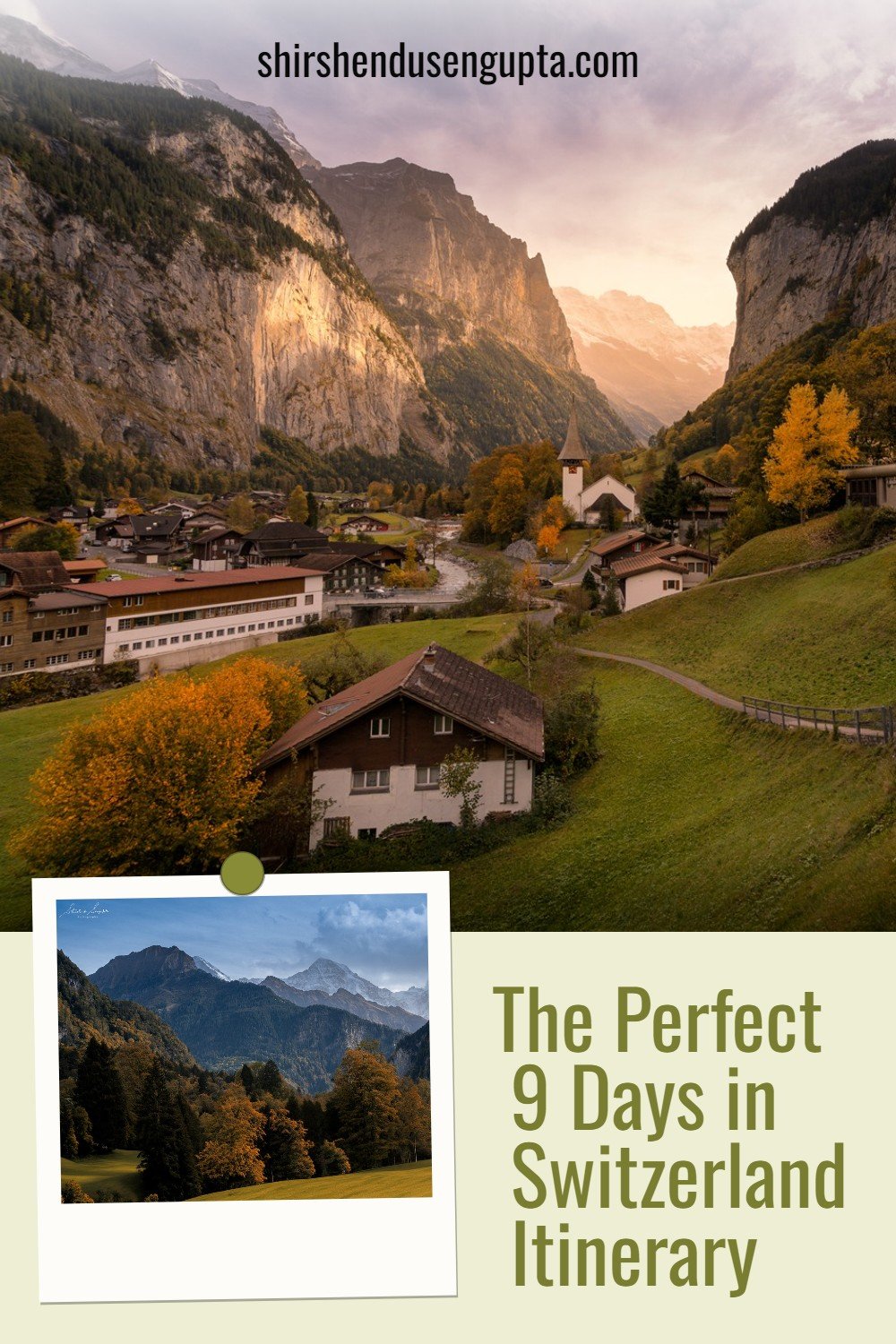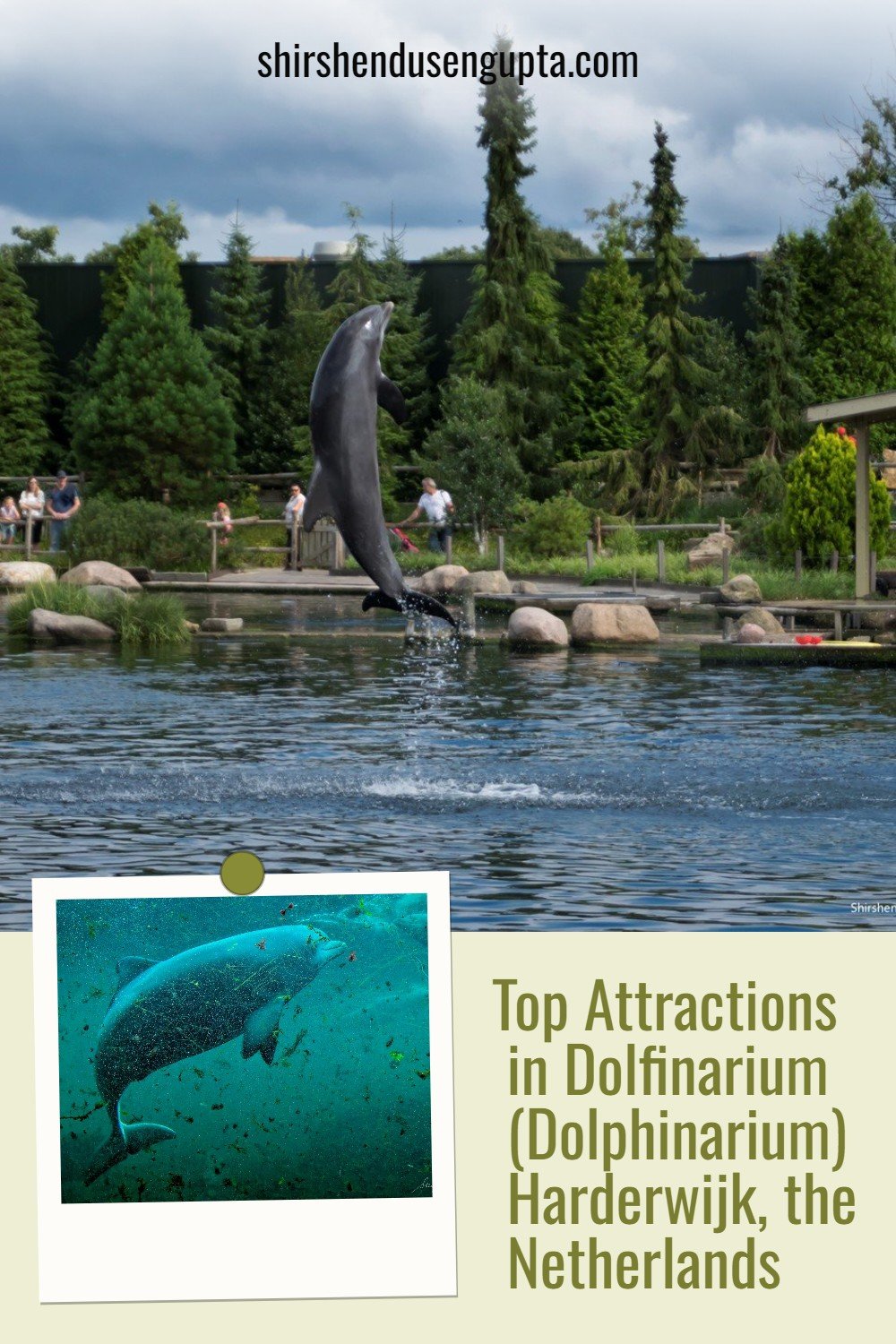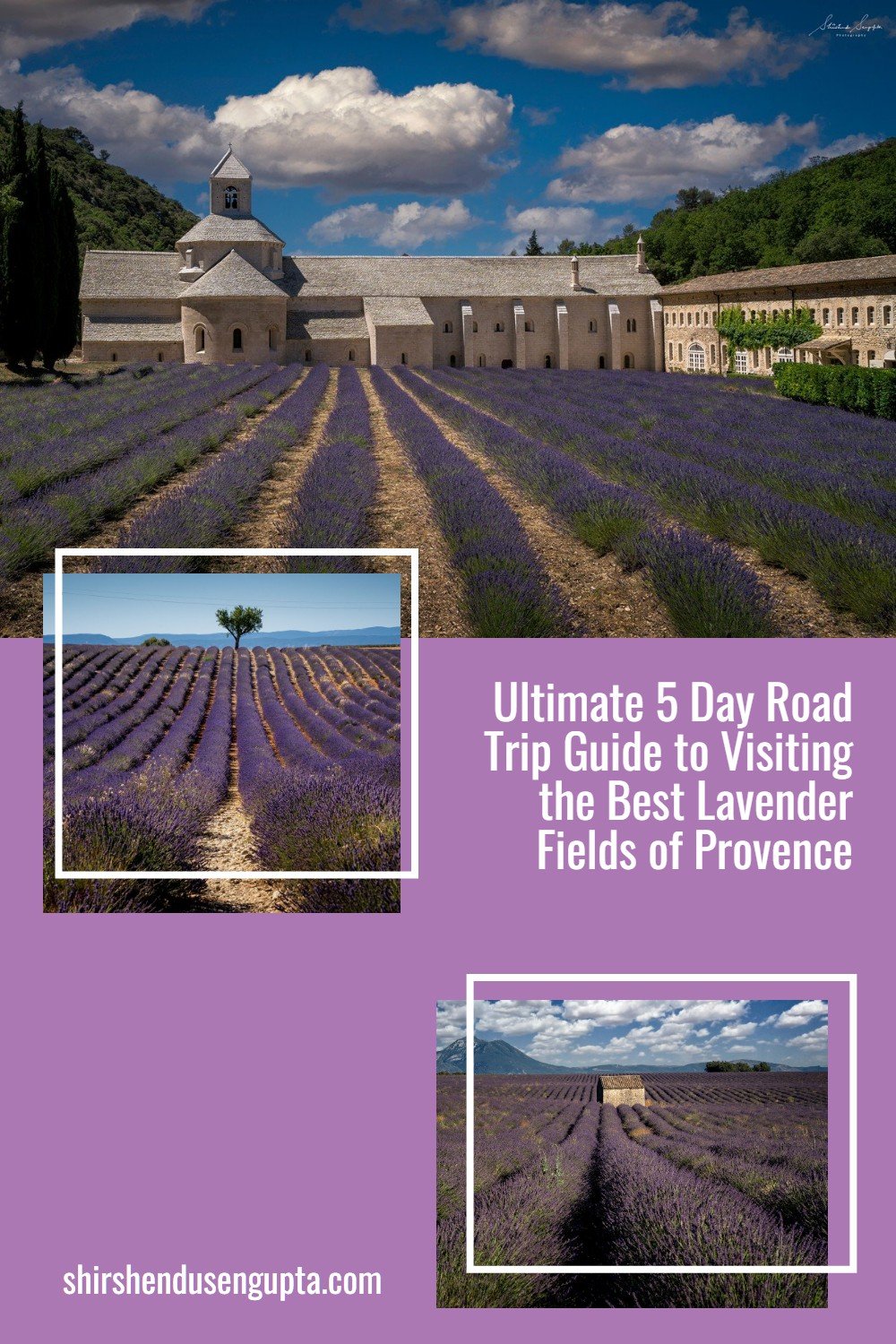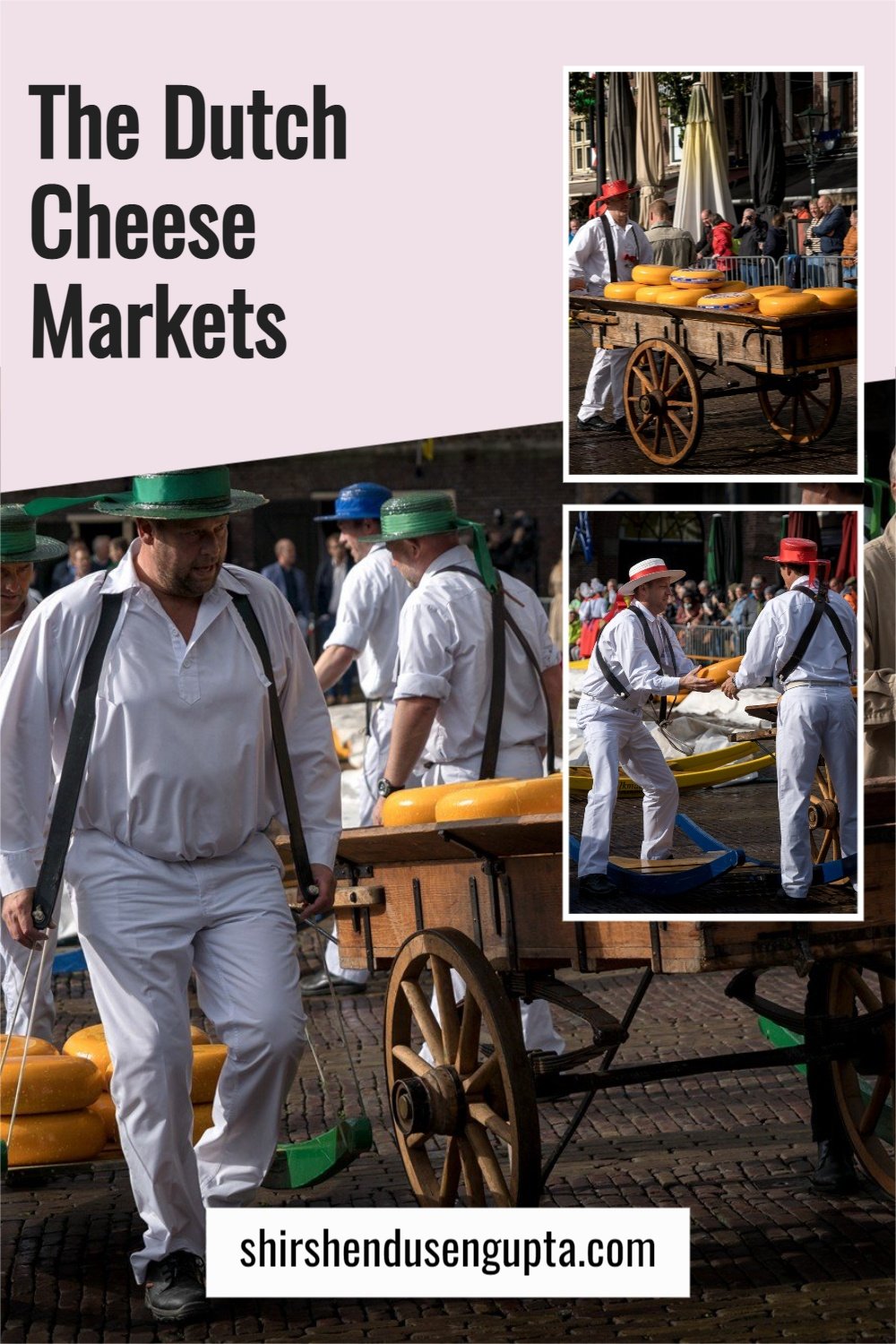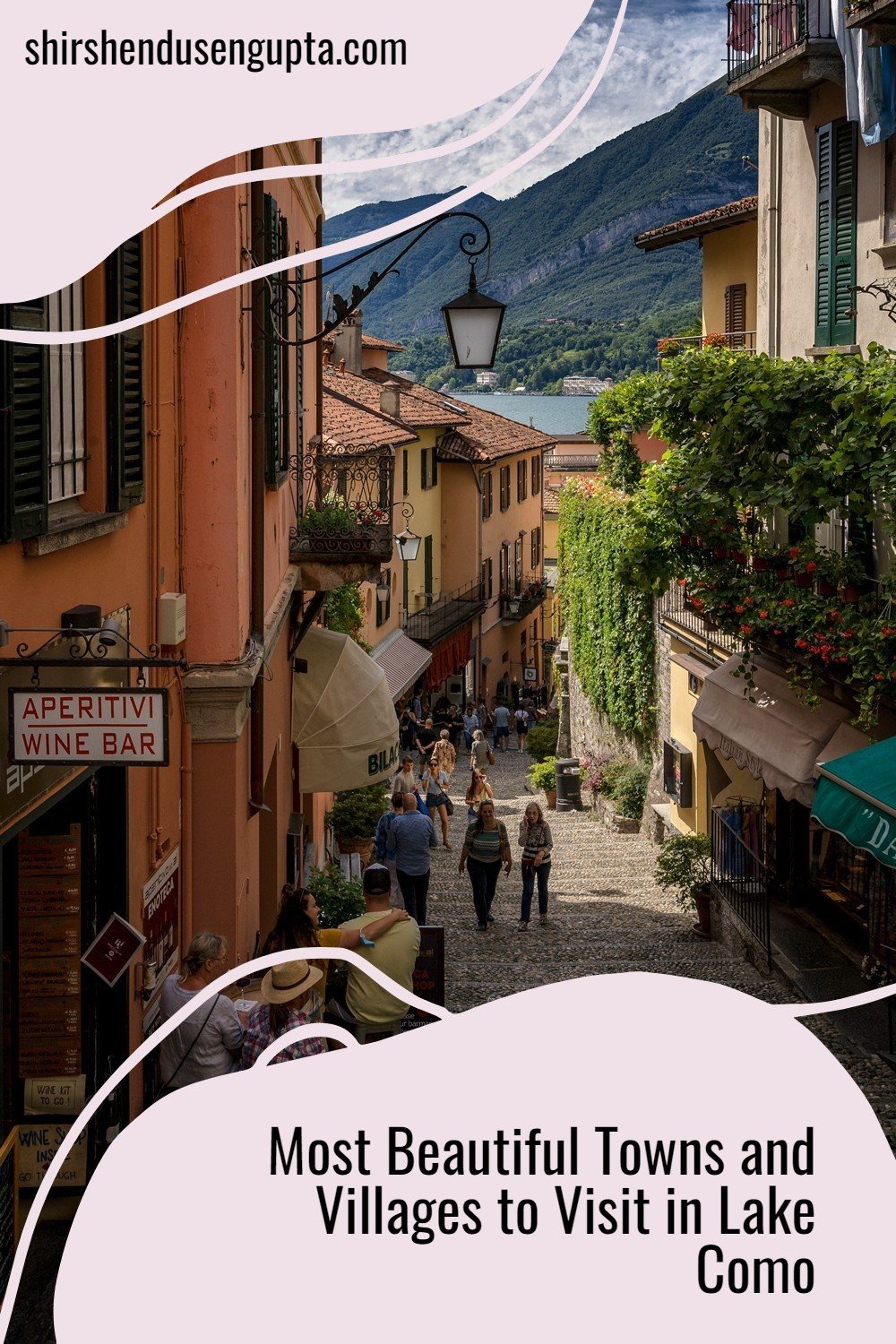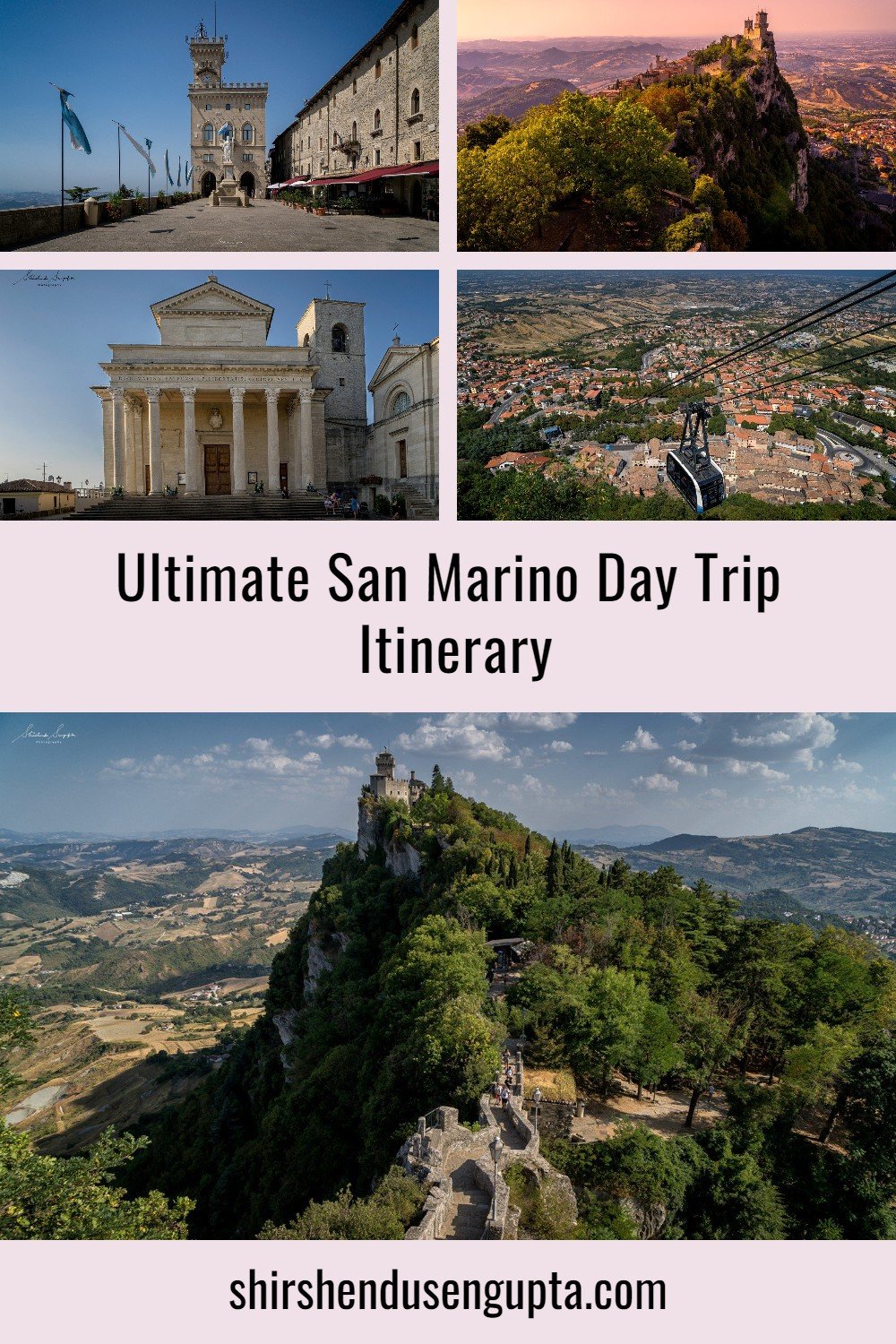Venice and its Lagoon | 19 Best Places to Visit and Top Things to Do in Venice and its Islands | 19 Must See Tourist Attractions in the Venetian Lagoon
Venice and its Lagoon - A UNESCO World Heritage Site
In the middle of the Adriatic, the Lagoon of Venice is an adventurous attempt to create an evocative artwork glittering with miniature islands, marble palaces, monuments, piazzas, meandering roads, canals, bridges, gondolas, and silent waters. It is one of the most ancient and intricate examples of human-nature interactions, containing the highest concentration of tangible cultural items and aesthetic expressions accumulated over millennia. In 1987, Venice and its Lagoon was listed as a UNESCO World Heritage site for the uniqueness of its historical, archaeological, urban, architectural, artistic, and cultural values, all of which are integrated into an extraordinary environmental landscape.
The History of Venice
The original population of Venice was made up of refugees fleeing consecutive waves of Germanic and Hun invasions from nearby Roman cities like Padua, Aquileia, Treviso, Altino, and Concordia, as well as from the undefended countryside. Despite the fact that the colonies were initially temporary, the Venetians increasingly colonized the islands on a permanent basis.
To provide a strong foundation for their buildings, the Venetians began by driving wooden stakes into the sandy ground. After that, wooden platforms were built on top of the stakes. Finally, the buildings were constructed on these platforms. According to legend, 1,106,657 wooden stakes, each measuring 4 meters, were driven underwater when the Santa Maria Della Salute church was built. It took two years and two months to accomplish this process. Furthermore, the timber had to be sourced from Slovenian, Croatian, and Montenegrin woods and delivered to Venice by water which made it a massive project. Despite wood being less durable than stone or metal, the secret to the wooden foundations’ durability is the fact that they are submerged underwater, thereby not making them exposed to oxygen, which is key to the survival of microbes like fungi and bacteria, who are responsible for the decay of wood. Furthermore, over time, the persistent flow of saltwater around and through the wood petrifies it, turning it into a solid stone-like structure.
Venice had a distinct edge over her land-based neighbors because it was surrounded by water keeping it safe from invading enemies. Venice eventually rose to become a major Mediterranean naval power. For example, in 1204, Venice collaborated with the Crusaders and successfully captured Constantinople, the Byzantine capital. Nonetheless, Venice began to collapse in the 15th century, and when Napoleon invaded Italy in 1797, he conquered the city.
The lagoon, which has shielded Venice from a slew of foreign invaders, is now the greatest threat to its future. The flooding of the city appears to local Venetians to be a routine occurrence, as the water level rises approximately a dozen times a year. Aqua Alta (high water) floods are typically triggered by abnormally high tides induced by powerful winds, storm surges, and severe inland rainfall. However, this has been more common in recent years as a result of rising sea levels induced by climate change, which is beginning to raise concern in the city. As a result, a variety of strategies to save Venice from sinking have been proposed. The Mo.S.E. (Modulo Sperimentale Elettromeccanico, or Experimental Electromechanical Module) Project is one of these measures. This will entail the installation of 79 mobile floodgates that will isolate the lagoon from the Adriatic when the tide rises more than one meter over the normal high-water mark. However, some critics doubt that such measures will be sufficient to preserve Venice forever and that the city will eventually sink, just like the fabled city of Atlantis.
Today I’m going to take you along with me on a ride across the 19 best places to visit and top things to do in Venice and its Lagoon. Let the journey begin!
19 Best Things to Do in Venice and its Lagoon
1. Watch the world go by the Canal Grande (Grand Canal)
The Grand Canal is a broad S-shaped canal that snakes through the city of Venice, connecting the Saint Mark Basin on one end to a lagoon near the Santa Lucia rail station on the other. This ancient canal is 3,800 meters long (2.36 miles) and 30 to 90 meters wide (about 100-300 feet). The canal is around 5 meters (16 feet) deep in most areas. The canal is an old watercourse lined with buildings from the fourteenth to the eighteenth centuries, totaling roughly 170. The majority were built by affluent Venetian families.
The canal carries the majority of the city's traffic, whether it's private boats, vaporetti (water buses), water taxis, or the iconic gondolas. The Rialto Bridge, the Ponte Degli Scalzi, and the Ponte dell'Accademia are the three iconic bridges that cross the canal. The Calatrava Bridge, a fourth new (and contentious) bridge recently opened near the Scalzi Bridge.
2. Feel the Heartbeat of Venice at Piazza San Marco (St. Mark’s Square)
Everyone comes to see and be seen at St. Mark’s Square, which is Venice on parade. It is the lone "piazza" in Venice; the others are referred to as "campo." Since the days of the Republic, when it was a market as well as the focus of civic and religious activity, life has revolved around this piazza. Considered as one of the most beautiful public squares on the planet, it is surrounded by the Basilica di San Marco, with its riot of domes and arches, the soaring St. Mark's campanile, and other majestic arcades of public buildings like the Doge’s Palace.
3. Visit the Basilica di San Marco (St. Mark’s Basilica)
The first St. Mark's Basilica, built in 828, was located within the Doge's Palace complex. It was constructed to hold the remains of St. Mark the Evangelist, which were allegedly taken several years earlier by Venetian traders from Alexandria, Egypt. An insurrection in 976 caused the church to burn down. It was reconstructed twice, with the most recent reconstruction taking place in 1063. The Venetian Republic's influence had risen rapidly at the time, and the new basilica, which was consecrated in 1094, would come to symbolize the republic's expanding wealth and power. The one we see today is this basilica. Until 1807, when it became the city's cathedral, it was the doge's private chapel.
The Basilica di San Marco, dubbed "Church of Gold" because of its rich design and golden interior mosaics, is considered one of the outstanding specimens of Byzantine architecture in the world. Its design is a blend of eastern and western architectural traditions, creating a one-of-a-kind structure that is typical of Venice.
The Horses of St. Mark
The Triumphal Quadriga, commonly known as the Horses of Saint Mark, are four Roman bronze statues that were once part of a monument representing a quadriga (a four-horse carriage used for chariot racing). After the sack of Constantinople in 1204, the horses were placed on the facade of St. Mark's Basilica, on the loggia above the doorway. They stayed there until Napoleon looted them in 1797, after which they were returned in 1815. For conservation purposes, the statues have been removed from the facade and put in the interior of St. Mark's, with copies in their original locations on the loggia.
4. Climb the Campanile di San Marco (St. Mark’s Campanile)
St. Mark's Campanile, at 99 meters high, is Venice's tallest building and provides the greatest perspective of the city and its lagoon. Visitors can take an elevator to the top of St. Mark's Campanile or bell tower, which was originally erected as a lighthouse to aid navigation in the lagoon, and enjoy amazing views of Venice and its lagoon.
Note: Unfortunately, getting a ticket to the bell tower typically necessitates standing in line for hours under the blazing sun. So I recommend you to purchase an online ticket in advance to save your precious time.
5. Visit the Palazzo Ducale (Doge’s Palace)
Piazza San Marco is also home to the Doge's Palace, which served as the seat of power for 120 doges for approximately 1,000 years since 810 AD. The original palace which was a fortified castle, as well as the Piazza San Marco, was partially destroyed by fire and rebuilt between 1172 and 1178. The Palazzo served as a fortress and a prison throughout this time period. Various architectural styles, such as Byzantine, Gothic, and Renaissance, are layered into the edifice. Paintings by Titian, Tintoretto, and Bellini can be found in this magnificent structure.
6. Visit the Ponte dei Sospiri (Bridge of Sighs)
Antonio Contino planned and built Venice's iconic Bridge of Sighs at the beginning of the seventeenth century. The bridge, which spans the Rio di Palazzo (Palace River), was built to connect the Doge's Palace's Old Prison and interrogation rooms to the New Prison, which was located right across the river.
The origins of the bridge's name are unknown, but there are a few theories. The first concerns the inmates who crossed the bridge on their route to the executioner. Many claimed that the convicts would "sigh" when they passed the bridge, obtaining their last glimpse of the outside world. Even though executions at the hands of the interrogators had halted by the time the bridge was erected, many prisoners are believed to have crossed it and may never have seen freedom again, at least not for many years. Another legend claims that if a couple kisses under the bridge at twilight while riding in a gondola below, they would have eternal love. As a result, the "sighs" are claimed to be from lovers who are overcome by the scene's passion.
With his writings, the poet Lord Byron developed this romantic vision: "I stood in Venice on the Bridge of Sighs, a palace, and prison on either hand."
7. Visit Santa Maria del Giglio Church (Santa Maria Zobenigo)
The design of Santa Maria del Giglio church, also known as Santa Maria Zobenigo after the family who founded the church in the ninth century, stems from a 1680-83 remodeling by architect Giuseppi Sardi, who worked under the patronage of Antonio Barbaro. Barbaro, a Venetian navy admiral and member of the aristocratic Barbaro family, died in 1679 and left a substantial sum of 30,000 ducats for the church's reconstruction. With a sequence of reliefs showing members of the Barbaro family and a prominently located sculpture of the admiral himself, the building's Baroque façade pays respect to its patron's generosity.
The building's sculptor, Justus le Court, also included carved maps of Barbaro's different military posts, scenes from maritime battles, and allegorical characters like Honor and Virtue in his design. The façade is strikingly devoid of religious imagery. The walls and ceiling are covered in paintings by Antonio Zanchi, Tintoretto, Rubens, and a number of other Venetian masters. The church is located west of the Piazza San Marco in the Campo Santa Maria Zobenigo.
8. Campo Manin
Campo Manin is a square located north of Piazza San Marco. The most famous feature of Campo Manin is a statue of Daniele Manin, an Italian patriot, lawyer, statesman, and leader of the Risorgimento or Unification of Italy, a 9th-century political and social movement that resulted in the consolidation of different states of the Italian Peninsula into a single state, the Kingdom of Italy.
Napoleon seized Venice in 1797 and traded it to Austria. The Austro-Hungarian Empire annexed Venice. The Venetians revolted fifty years later in 1848 under the leadership of Manin but were forced to surrender after a 17-month war. Manin went into exile and later passed away in Paris in broken health and destitute condition. Venice remained under Austrian possession until 1866 when it was annexed by the newly formed Italian nation. By the little bridge on the left, his statue, guarded by a winged lion, looks towards his house.
9. Take a walk by the waterfront at Riva degli Schiavoni
This vast waterfront walkway, stretching east from St. Mark’s Square, is one of the world's greatest promenades. The people from Dalmatia (the coastal region of present-day Croatia, which historically made up a significant portion of the Venetian republic) who resided in this part of the city in medieval times were known as Schiavoni (meaning 'Slavs'). Traders, officials, and sailors from all over the Mediterranean and beyond docked and disembarked here for centuries. It's now studded with market booths selling souvenirs, t-shirts, and much famed Venetian masks to tourists from all over the world.
10. Marvel at the Ponte di Rialto (Rialto Bridge)
The Rialto Bridge (Ponte di Rialto) has traditionally been a busy crossing in Venice, connecting the neighborhoods of San Polo and San Marco across the Grand Canal at the city's center. However, rather than being clogged with merchants as it was during Venice's heyday, the bridge is now clogged with tourists. The Rialto Bridge opened in 1591 and is probably Venice's most visited and photographed bridge. It was the only route to cross the Grand Canal on foot for approximately 300 years. The bridge was built to replace a series of wooden bridges that had stood in the same spot since the eleventh century.
11. Visit Chiesa di San Giacomo di Rialto (San Giacomo di Rialto Church)
Among thousands of historic churches in Venice, the Church of San Giacomo di Rialto is said to be the oldest. This chapel, which is located right next to the renowned Rialto Bridge, is supposed to have been consecrated on March 25, 421, the traditional founding date of Venice. According to documents dating back to the 14th century, the church was built by a carpenter with the assistance of individuals from the adjacent city of Padua. Modern research appears to refute this tale, implying that the church was built considerably later. The church isn't mentioned in a map from 1097, and the first document mentioning it is from 1152.
San Giacomo di Rialto is a unique church, regardless of its age, with a bell-gable instead of a standard bell tower and a big 24-hour clock with only one hand and a rotated quadrant, putting noon on the left and midnight on the right. One of Venice's few intact Gothic porticoes can also be found in the church. The important Rialto market was held in front of the church, and certain inscriptions on the apse encourage merchants to be truthful.
12. Enjoy a Gondola Ride
Gondolas were originally the primary mode of transit along Venice's waterways. They are now mostly utilized as sightseeing vehicles for tourists willing to pay a few euros to ride in one of these vintage rowing boats. Certain scholars have dated Gondolas to the seventh century, but the most common assumption is that they first appeared around 1100. Early gondolas were big with twelve oars designed to deal with the canals' shallows and mudflats. A few centuries later, they were much smaller, but they had a cabin. They had grown so encrusted with adornment by the fifteenth century that ostentatiousness was outlawed. Only a curly tail, a pair of seahorses, and a multi-pronged prow were allowed from then on, and they are still allowed today. Gondoliers are not for everyone. It is regarded as a noble vocation in Venice, having been passed down for generations.
Almost every visitor to Venice wishes to take a gondola ride while in town. Many people hire them for a romantic trip, and hundreds of couples get engaged while floating through Venice's canals each year. Gondola rides have a specific price set by the local administration, but let me tell you that many gondoliers (if not most) do not always stick to this price. As a result, it is essential to bargain over the price and duration of your journey before boarding the gondola. Expect to pay a premium for a ride, especially during peak tourist season when demand is high. Furthermore, costs increase after a particular hour of the day, making nighttime travel more expensive.
Note: Gondola stands are found throughout the city. Some itineraries include a trip down the Grand Canal, while others focus on the more tranquil side canals. I recommend taking a gondola ride on the narrow side canals, preferably from somewhere near the Rialto Bridge or the Bridge of Sighs for the best experience, and taking a Vaporetto on the Grand canal from the Santa Lucia train station to St. Mark's Square.
13. Go Shopping
Shopping in Venice is a unique experience. Venice's side streets and back alleys are lined with an abundance of highly specialized, old-school artisan shops that sell things you truly can't find anywhere else, such as porcelain carnival masks, velvet gondolier slippers, lace-trimmed cocktail napkins, hand-printed notecards, or stunningly perfect Murano glasses from the 1920s. The Mercerie and Calle dei Fabbri, which run from the Piazza San Marco to the Rialto area, are the principal shopping avenues, while the spacious Calle Larga XXII Marzo is lined with costly clothes businesses. The streets north of Campo Santo Stefano are a nice place to go shopping for souvenirs and gifts.
Venetian Masks
Venetian masks are a centuries-old custom in Venice. The masks are most commonly used during the Carnival of Venice, but they have also been worn on a variety of other occasions in the past, primarily to conceal the wearer's identity and social rank. The wearer of the mask would be able to act more freely in situations where he or she wanted to interact with other members of society outside of the confines of identity and ordinary convention. It may be used for a variety of objectives, some of which were illegal or criminal in nature, while others were purely personal, such as love encounters. Venetian masks are distinguished by their extravagant design, which includes bright colors such as gold or silver, as well as intricate baroque ornamentation. It is a unique souvenir to buy if you are visiting Venice. We bought a couple of them and they look great!
14. Get lost in the back alleys of Venice
When you are done visiting all the major attractions of Venice, I urge you to put down your travel planner, guidebook, and map and get lost for a whole day in the maze of side lanes, lovely narrow canals, and stair-stepped bridges. You may meander down a street that leads nowhere but to the dead-end of a canal, but that’s a part of the city’s charm, and that’s exactly where you will get the best pictures.
15. Visit the Island of San Giorgio Maggiore
San Giorgio Maggiore is one of the islands in the Venetian Lagoon. The 16th-century Benedictine basilica of the same name, designed by Andrea Palladio between 1566 and 1610 in the classical Renaissance style is a landmark. It has been painted extensively, including in a series by Monet.
San Giorgio Maggiore was most likely populated throughout the Roman period; after the establishment of Venice, it was renamed Insula Memmia in honor of the Memmo family who controlled it. San Giorgio Maggiore was established in 829 to separate it from San Giorgio in Alga, which had a church dedicated to St. George. The Benedictine monk Giovanni Morosini requested that the doge Tribuno Memmo donate the entire island for a monastery in 982, and the doge agreed. Morosini constructed the Monastery of San Giorgio Maggiore and became its first abbot after draining the island's marshes next to the church to prepare the ground for construction.
16. Get Bewitched by the Island of Burano
With flossy clouds embellishing the blue sky, creating picture-perfect ambiance, eclectically colored streets with their brilliant tones resembling a design from a children's coloring book, and tiny boats carrying the fragrance of fish and adventure heading into the sea, Burano is a brightly colored island in the Venetian lagoon, and its lifeline, like that of nearby Venice, is a network of green-hued canals dotted with fishing boats and decorated with curved bridges.
The little island of Burano is a terrific day trip from Venice, and it's no surprise that it's rated one of the world's most colorful locations. Burano welcomes you with a kaleidoscope of colors exploding from the brightly colored walls of the little, square-shaped cottages neatly nestled together by the string of canals as soon as you walk off the ship. While it's tempting to imagine the houses were painted at random, as if by a paintbrush, the rationale for this is rooted in the town's past. Citizens of Burano had to get official permission to paint their homes during the golden age of its development, and the government decided what color they may use. Fishermen, as per legend, were the first to paint their dwellings so that they could easily recognize them from the sea.
The island mixes small-town tranquillity with an eclectically strong persona, making it a photographer's dream. A quick stroll through its rainbow-colored streets, where the intensity of shades competes only with the brilliantly blue skies, will send your mind spinning. The aroma of fresh clothes gently swaying on the washing strings fills tiny spaces where freshly painted walls echo the sounds of everyday chatter. Local women are unhurriedly going about their daily tasks, interrupted only by a curious tourist dropping by to take a shot. Burano is almost too lovely to be true, with flower pots in each lace curtain-draped window and children blithely playing in the sun. A stroll down the main street, which runs parallel to the canals, serves as a reminder that Burano's fairy-tale appeal is one of the reasons for the island's growing popularity as a tourist destination.
17. Learn Glass Making in the Island of Murano
Glassmakers are frequently performers-pitchmen at craft events and festivals in English-speaking countries, where they blow glass baubles for a few dollars or pounds each. However, there was a period when glassblowing, and glassmaking in general, was an exclusive profession controlled by Venetian Republic craftsmen, particularly on the island of Murano in the Venetian Lagoon.
Murano began as a commercial harbor in the 7th century, and by the 10th century, it had developed into a thriving trading town complete with its own coinage, police force, and commercial elite. The Venetian Republic then ordered glassmakers to relocate to Murano in 1291 because the glassworks posed a fire hazard in Venice, whose buildings were primarily made of wood at the time. It wasn't long before Murano's glassmakers became the island's most powerful people. Artisans were given the freedom to carry swords and were exempt from punishment by the infamously harsh Venetian government. Glassmakers' daughters were allowed to marry into Venice's blue-blooded aristocracy by the late 14th century. The only catch was that glassmakers were not permitted to leave the Republic. If a craftsman wanted to open a store outside the Lagoon, he risked being killed or having his hands cut off by the secret police - though most defectors weren't handled so brutally in practice.
What made Murano's glassmakers unique? Firstly, they were the only people in Europe who knew how to produce glass mirrors. Apart from that they also specialized in the production of crystalline glass, enameled glass (smalto), glass with gold threads (aventurine), multicolored glass (millefiori), milk glass (lattimo), and glass imitation gemstones. Glassmakers in Northern and Central Europe brought new techniques and trends about the same time as colonists were traveling to the New World, giving them a near-monopoly on high-quality glass for centuries.
18. Visit the Island of Torcello
Torcello is a small island near the northern end of the Venetian Lagoon with a limited population. It was first colonized in the year 452, and it has been referred to be the "father island" of Venice. Before St. Mark's Basilica was erected, it was a town with a cathedral and bishops.
In 1948, Ernest Hemingway visited and wrote parts of ‘Across the River and Into the Trees’ there. Torcello and its surroundings are depicted in the novel. In addition, a number of well-known artists, musicians, and actors have spent time on the island, which is a peaceful haven. ‘Don't Look Now,’ a short story by Daphne du Maurier, is also set in Torcello.
The Devil’s Bridge
As you get down from the boat and start walking towards the center of Torcello, the first thing that is bound to impress you is the Devil's Bridge, a stone bridge with an unsettling name.
According to legend, a young lady fell in love with an Austrian soldier during the Austrian occupation of Venice, and her family executed him because of their disloyal connection. The bereaved girl sought the help of a witch, who agreed to meet her on the remote island of Torcello, which is excellent for magical ceremonies. The witch summoned the devil, who brought the young Austrian back to life, reuniting the two lovers. The devil, however, is well renowned for not doing anything for nothing, so he had the witch vow that every Christmas Eve for the following seven years she would bring him the soul of a freshly deceased child. The witch died in a fire shortly after, unable to honor her deal with the devil. So, on the eve of December 24, the devil, disguised as a black cat, visits Torcello's Devil's Bridge and claims the souls he was promised in vain.
Basilica di Santa Maria Assunta (Church of Santa Maria Assunta)
The Basilica of Holy Mary, Mother of God, in Torcello was first established in the year 639. It was later reconstructed in 1008 and consecrated to Santa Maria Assunta after being extended in 826. It is a famous example of Venetian-Byzantine architecture, one of Veneto's oldest religious buildings, and home to some of the city's earliest mosaics. From the clock tower of the church, you get a fabulous view of the island of Torcello and the surrounding lagoon.
19. Visit the Cemetery Island of San Michele
Since the early nineteenth century, the island of San Michele, located in the lagoon of Venice, has served as the city's cemetery. Given that Venice is an island city, it's not surprising that its cemetery is on an island, but the idea may appear strange at first. The Isola di San Michele (St. Michael) was once two islands that were later brought together. It is dedicated to the dead and is exclusively populated by churches and lengthy rows of tombs. A visit to San Michele, which is considered a sacred site rather than a tourist attraction, provides valuable insight into the history of Venice and its inhabitants.
It was a monastery until 1837 when Napoleon proclaimed the island a formal cemetery. Prior to that, Venetians would bury the deceased under church floorboards or paving stones, which was deemed unhygienic due to Venice's vulnerability to Aqua Alta, the annual floods that swept across the city. The cemetery on San Michele is divided into parts for Catholics, Orthodox (known as the Greco), Protestants, Commonwealth War Dead, and even gondoliers. The vast majority of the bodies are interred in the long avenues and rows of tombs, many of which have images of the departed. Distinguished names such as Igor Stravinsky, Joseph Brodsky, Jean Schlumberger, Christian Doppler, Frederick Rolfe, Horatio Brown, Sergei Diaghilev, Ezra Pound, Luigi Nono, Catherine Bagration, Franco Basaglia, Paolo Cadorin, Zoran Mui, Helenio Herrera, Emilio Vedova, and Salvador de Iturbide y Marzán are among those who have been buried there.
According to local legend, the deceased depart San Michele Island on November 1st or 2nd to process through the streets of Venice en route to their houses, where they take a seat in the heart of the house, next to the kitchen stove. As a result, superstitious inhabitants believe that looking out the window on this day is extremely bad luck!
Visiting Venice and its Lagoon
Best Time to Visit: The finest seasons to visit Venice and its lagoon are spring (from April to June) and fall (September to November). In comparison to the busiest summer months, these seasons provide less crowds and often excellent weather. You will also be able to see events such as the Venice Film Festival, which takes place in late August or early September, and the Venice Biennale, which takes place every two years from May to November. We’ve visited Venice and its lagoon twice - once during December amidst horribly windy and rainy weather and once during May amidst perfect warmth and sunshine.
Number of Days to Stay: We suggest staying for at least three or four days to truly visit Venice and its lagoon. This amount of time gives you the chance to explore the surrounding islands of Murano, Burano, and Torcello, stroll through the winding alleyways of Venice, and see famous sites. You can also enjoy a leisurely gondola ride along the canals.
Best Place to Stay: When visiting Venice, lodging in the historic district close to St. Mark's Square or the Rialto Bridge offers quick access to the city's top attractions as well as a chance to take in its alluring ambience. As an alternative, lodging in Cannaregio or Dorsoduro's more tranquil areas provides a more peaceful experience away from the tourist throng. Charming lodgings are available on the islands, especially in Burano and Murano, which are well-known for their vibrant homes and craft customs. We’ve stayed in the Rialto Bridge area and totally recommend it for its plethora of stores, restaurants, and vibrant nightlife.
Best Way to Arrive: Driving or taking the train are the most popular ways to get to Venice. If you're using a train, the Venice Santa Lucia train station is close to the historic district, making it simple to get to the major sights of the city. In the event that you are traveling by car, you can park in one of the parking lots on the mainland and then get to Venice by water taxi or vaporetto (water bus). Furthermore, local and international flights are served by Venice Marco Polo Airport, with various options to get to the city center.
Best Local Mode of Conveyance: Water transportation is the main form of transportation in Venice. The primary means of public transport, offering easy access to many areas of the city and the neighboring islands, are vaporettos and water taxis. Walking is also a lovely opportunity to uncover hidden jewels and take in Venice's distinct ambiance as you stroll around its charming bridges and narrow alleys.
Epilogue
So that brings us to the end of our journey across the 19 best things to do in Venice and its Lagoon. Please let us know in the comments below if you enjoyed reading this article. And until we meet next time, I wish you merry traveling and happy shooting!
Pin the article
Bookmark the article for reading later!
Want to license/buy photos in the article?
License photos for commercial/editorial use or buy photo prints!
Want us to write an article for you?
Articles for magazines, newspapers, and websites!
Watch our Videos
Check out our videos on our Youtube Channel!
Join the Newsletter
Get updates on our latest articles!
We respect your privacy. Read our policy here.

